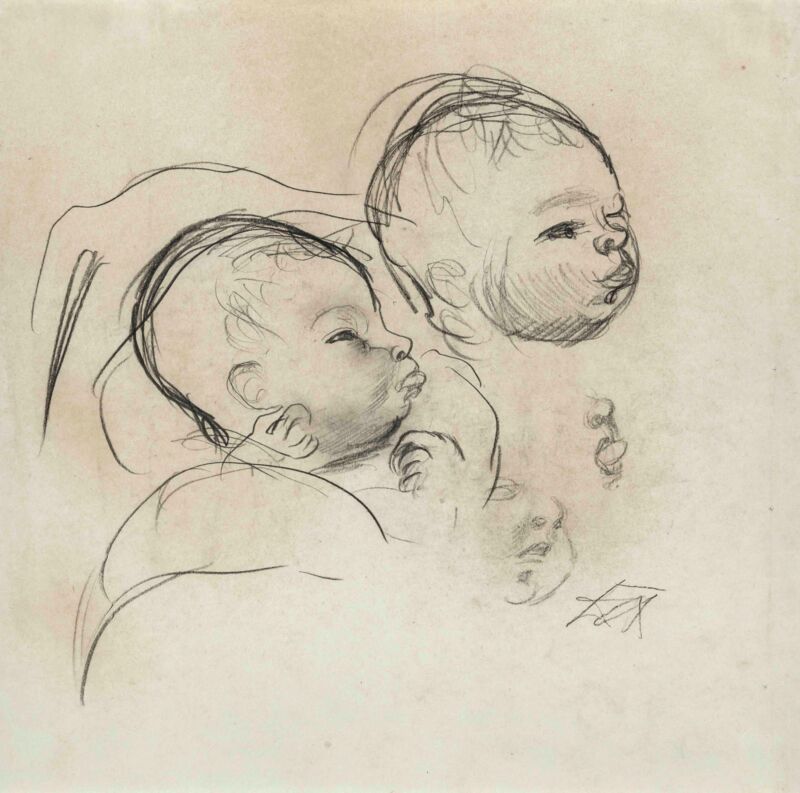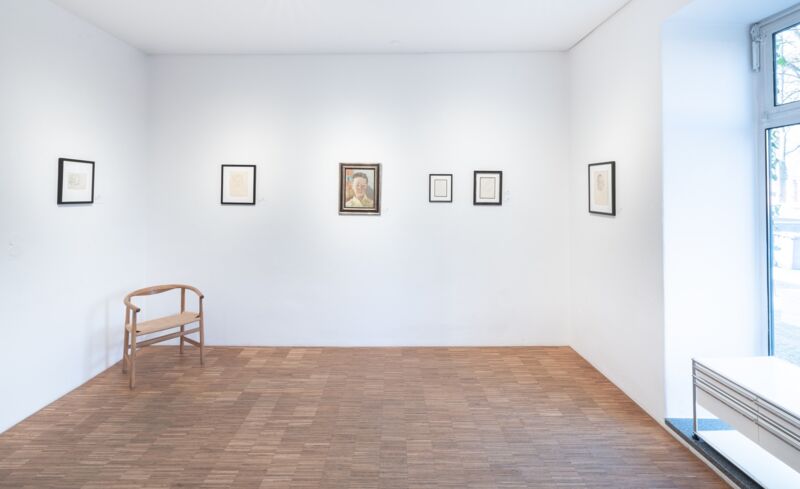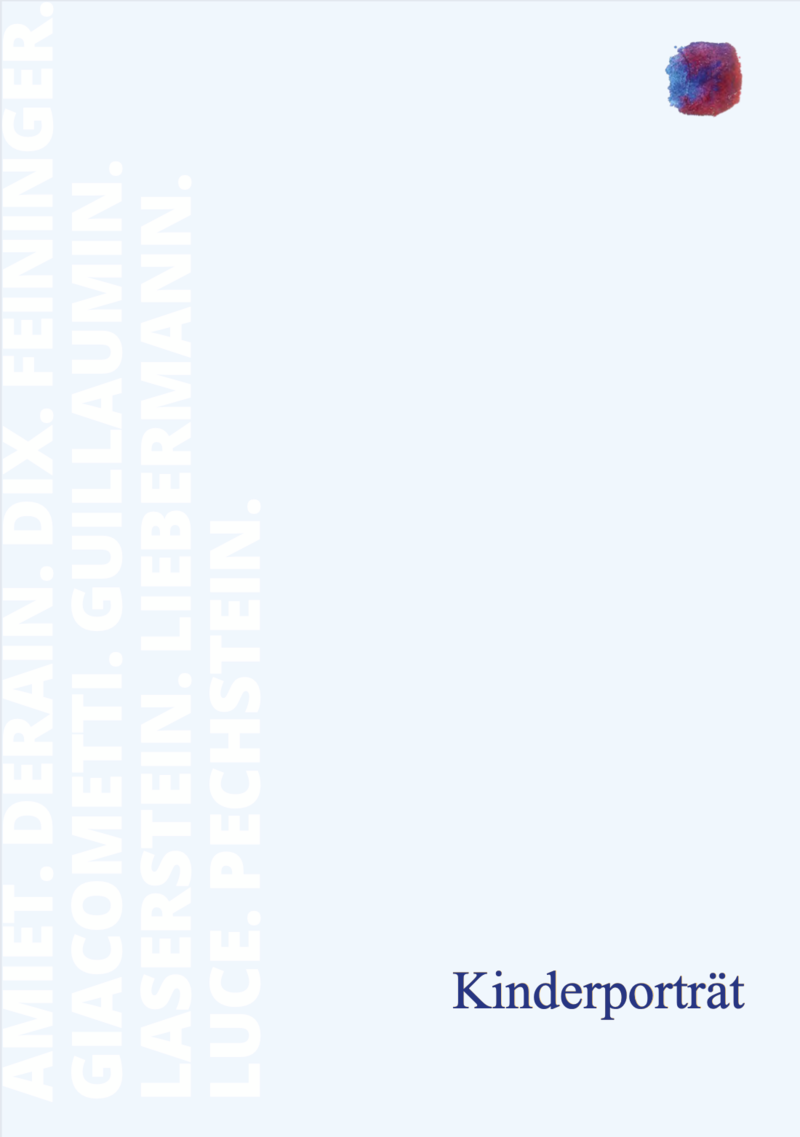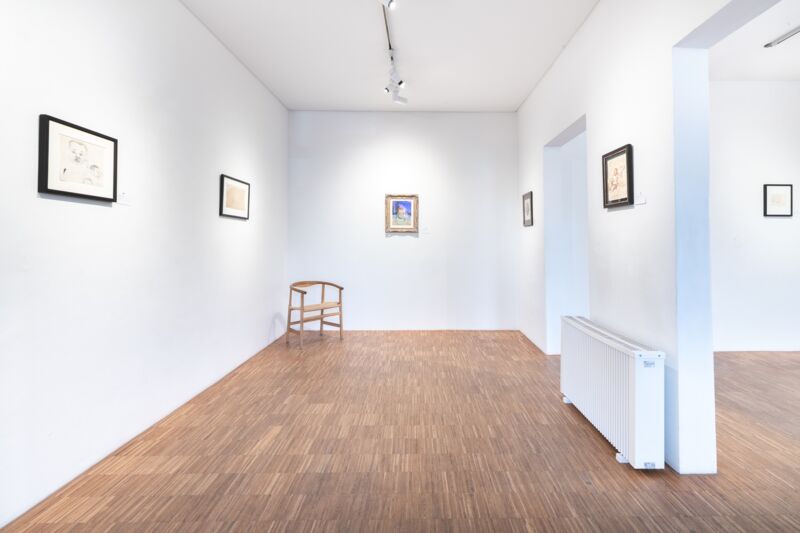Have any questions?
+44 1234 567 890

Child portrait
Cuno Amiet. André Derain. Otto Dix. Lyonel Feininger. Giovanni Giacometti. Armand Guillaumin. Lotte Laserstein. Max Liebermann. Maximilien Luce. Max Pechstein.
| Vernissage: 7 March 2025 5 – 8 pm |
|---|
| 7 - 31 March 2025 |
|---|
| Zieblandstraße 19, 80799 Munich |
|---|
Although the child's body was already represented in sacred scenes in the early days of Western painting, especially in the figure of the baby Jesus, it was not until the Renaissance, more precisely from the end of the 16th century, that it was observed and portrayed in its true nature. With the development of humanism and the emergence of the bourgeoisie, portraiture was defined as a genre of painting in which children's portraits occupied an important place from the outset.
Painters see this motif as an interesting source of income, apart from the fact that children are easily accessible models for the study of the human figure and posture, especially if they belong to the artist's family or community. This is the case with some of the portraits in this exhibition. Giovanni Giacometti (1868-1933) portrays his youngest son Bruno in profile in a pencil drawing. Little Andreas appears in a head study by his father, Lyonel Feininger (1871-1956), and little Jan in another head study by his father, the German painter Otto Dix (1891-1969), an important representative of New Objectivity. Marguerite, the daughter of the French artist Armand Guillaumin (1841-1927), appears in a frontal portrait in pastel and bright colours. Finally, the greetings card designed by Max Pechstein (1881-1955) shows his second son, Max Konrad, as a little putto toasting the New Year.
In the art of portraiture, pencil sketches are generally used as preparatory studies for a painting, allowing the artist to concentrate on certain parts of the body. The face and its expression, as well as the hands, are often the subject of such studies, as in the sketches shown here by Maximilien Luce (1858-1941), Otto Dix, Giovanni Giacometti and Lyonel Feininger. Pencil and pastel were also used for children's portraits, as they were quick to execute and particularly suited to capturing children, who are difficult to make sit for long periods of time.
Among 19th and 20th century children’s portraits, the works of female artists are distinguished by their ability to capture the innocence and tenderness characteristic of childhood. The Impressionist painters Berthe Morisot (1841-1895) and Mary Cassatt (1844-1926) created some of the most impressive works in this genre, and the German-Swedish artist Lotte Laserstein (1898-1993) is definitely in their line of succession. In the pastel Child in a Yellow Shirt in Front of a Striped Curtain (undated), the subtle colours and shadows emphasise the boy's delicate features and gaze. In the studies Mother and Child (undated) and Little Boy on a Chair (1966), taken from a sketchbook, the artist managed to give the figures a liveliness and spontaneity despite the rapid and sketchy nature of the scene.




